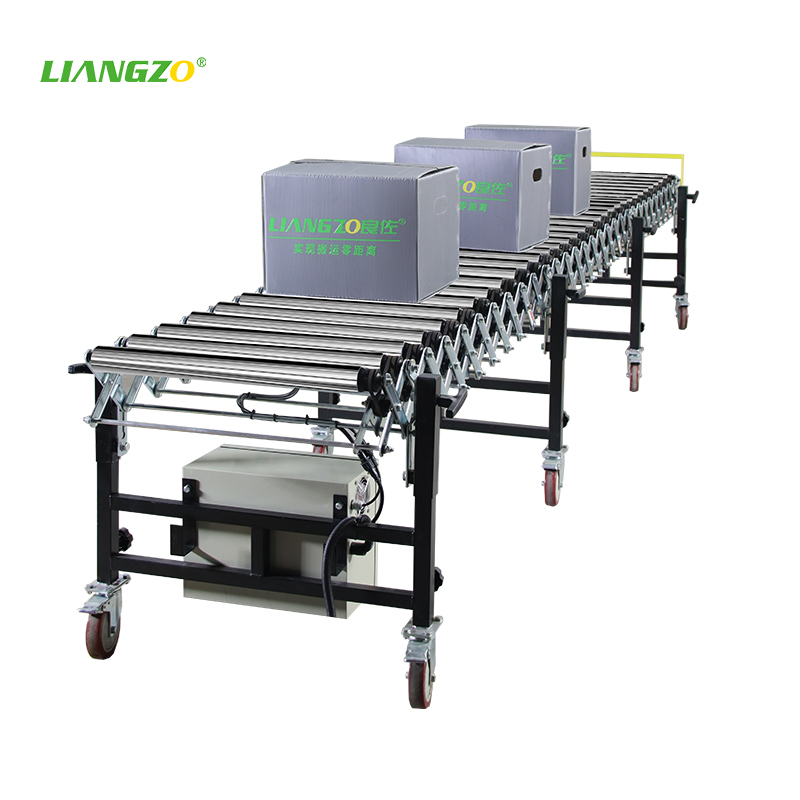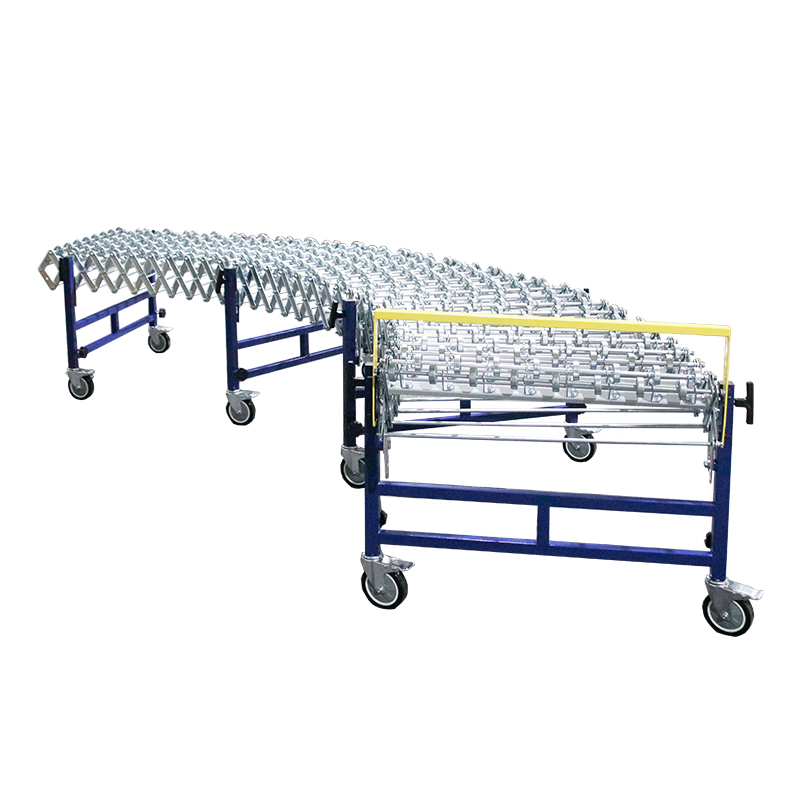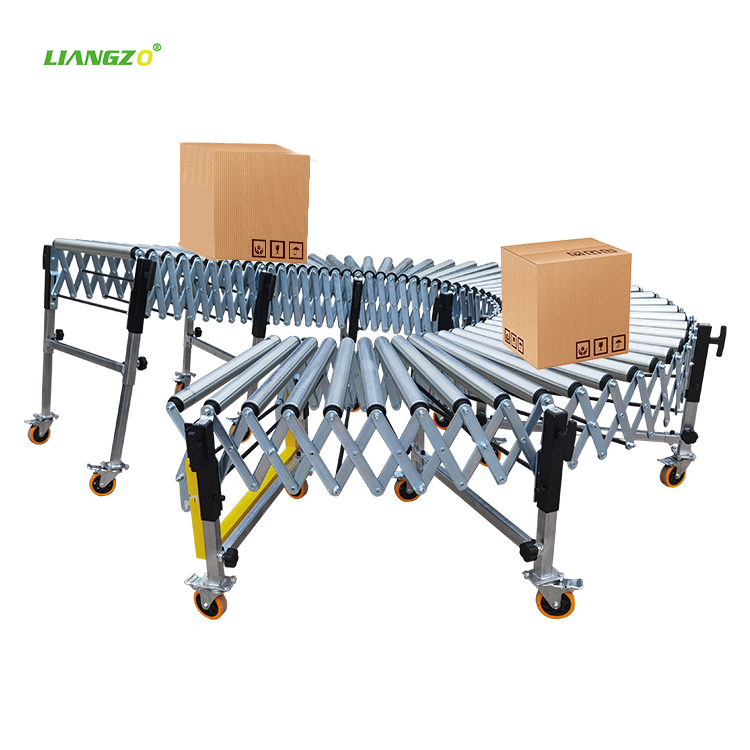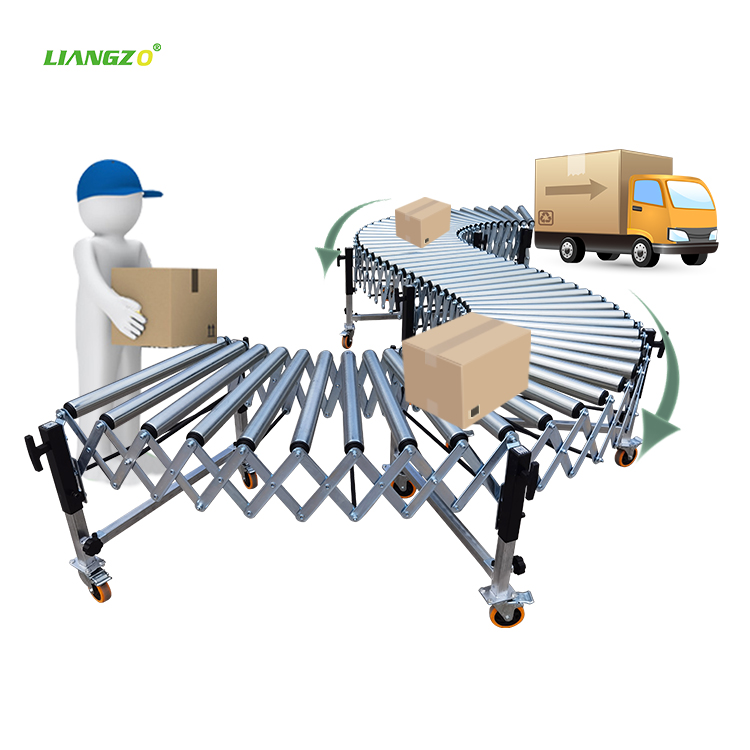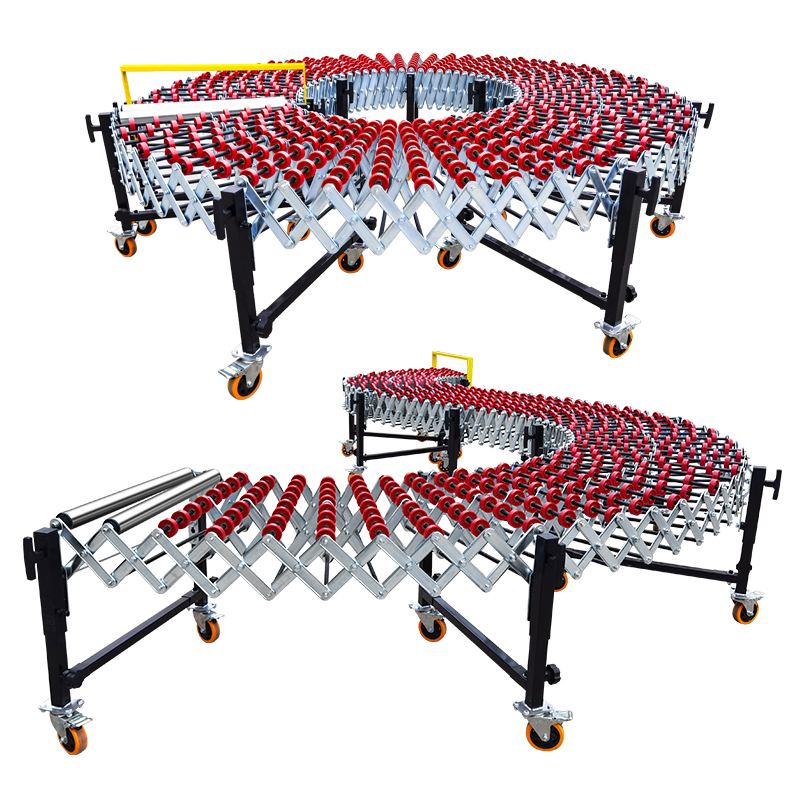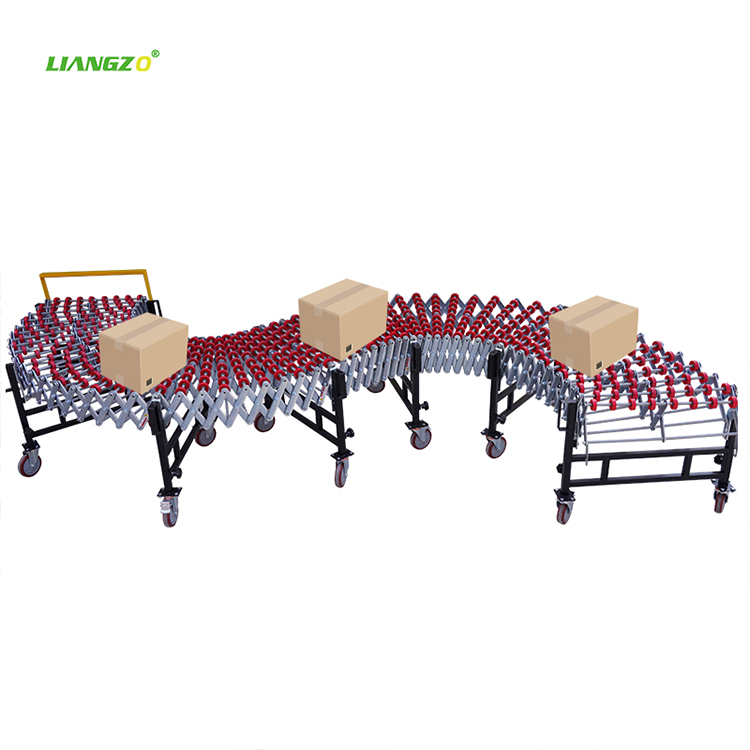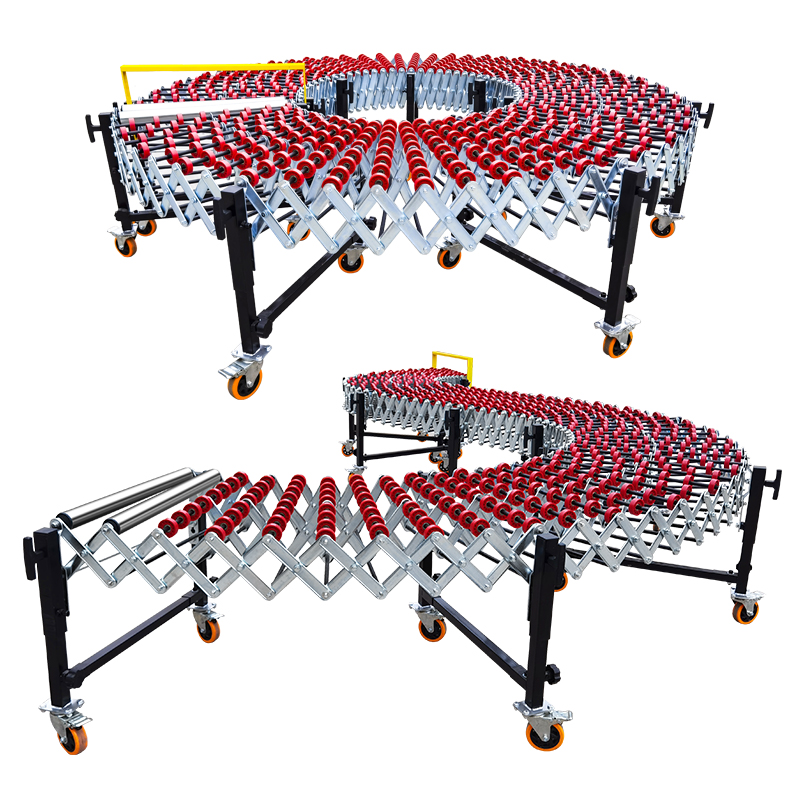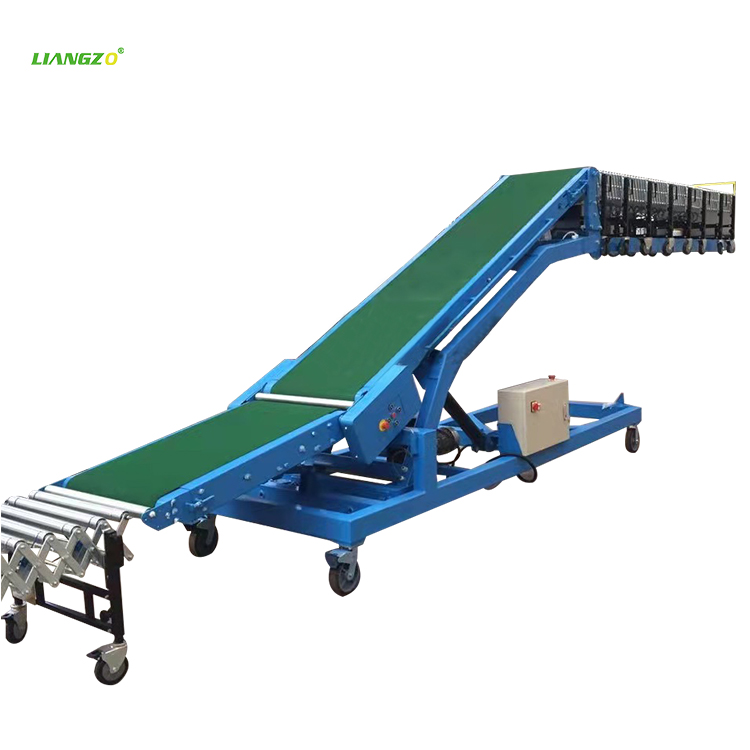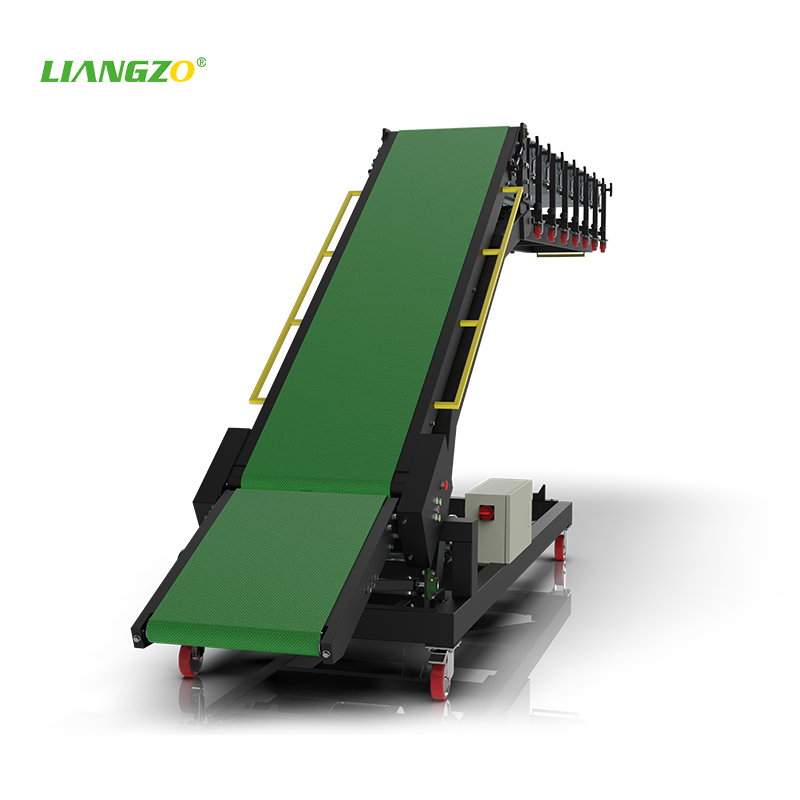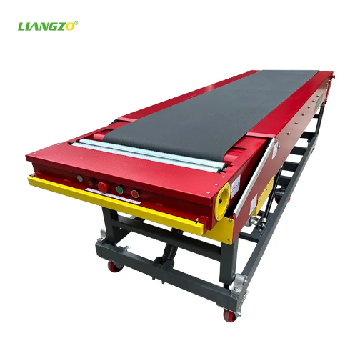Nowadays,conveyors are the unsung heroes of warehouse operations. These nifty systems are pivotal in moving products efficiently, a key component in modern warehousing.
Let's delve into how conveyors revolutionized warehouses and why they're crucial for your operation.
The Belt Conveyor: A Revolution In Warehouse Operations
Conveyors in warehouses? They're more than just moving belts. These systems are the lifeblood of warehouse operations, ensuring products move swiftly and seamlessly from point A to B. What's the big deal? Efficiency and productivity. Conveyors mean less manual handling, quicker processes, and, ultimately, a more streamlined operation.

Key Components of Conveyor Systems
Let's break it down. Conveyor systems are more than just belts – they're complex machines with belts, rollers, motors, and more. Each part plays a critical role in ensuring smooth operations.
Belts move goods, rollers support, and guide, and motors power the whole operation. Understanding these components helps you grasp how vital conveyors are in managing warehouse workflows.
Advantages Of Using Belt Conveyor In Warehouses
Conveyors aren't just about moving things. They're game-changers in warehouse management, bringing several key benefits to the table. Belt conveyors in warehouses aren't just about moving stuff from point A to B.
They are the engines that drive warehouse efficiency, productivity, and safety. Let's break down why these systems are not just beneficial but essential in modern warehousing.
Skyrocketing Efficiency and Productivity
Think about a warehouse without belt conveyor. It's like a city without roads – possible but painfully slow. Belt conveyors are your efficiency superhighways. They move products seamlessly and swiftly across your warehouse.
This means quicker order processing, faster shipping, and a more productive workflow. The difference is stark: with belt conveyors, what used to take hours can now be done in minutes.
Reducing Labor Costs and Workplace Injuries
Manual handling is not just time-consuming; it's costly and risky. Belt conveyors significantly cut down on the need for manual labor. This means you're saving on labor costs – a major expense in any warehouse operation.
But there's more: reduced manual handling means fewer workplace injuries. Conveyor belts keep your workers safe by minimizing the physical strain of moving products. It's a game-changer for worker safety and health.
Boosting Accuracy and Minimizing Errors
In the world of warehousing, a small error can lead to big problems – wrong shipments, returns, unhappy customers. Belt conveyors bring in a level of precision manual handling just can't match.
With automated sorting and tracking systems, the chance of errors drops dramatically. This precision ensures that the right product reaches the right customer every time. The result? Happier customers and fewer headaches for you.
Scalability and Flexibility in Operations
As your business grows, your warehouse needs to keep up. Belt conveyors offer the scalability and flexibility you need. They can be adjusted and expanded to meet increasing demands, without overhauling your entire system.
Whether you're dealing with seasonal spikes or long-term growth, conveyor belts make it easier to adapt and scale your operations.
Enhancing Space Utilization
Space is a premium in warehouses, and belt conveyors help you make the most of it. By efficiently moving products in and out, belt conveyors free up valuable floor space. This optimized space utilization means you can store more products or add more workstations, making your warehouse more efficient and effective.
Integrating with Advanced Warehouse Technologies
We're in the age of smart warehousing, and belt conveyors are right there, integrating seamlessly with advanced technologies. Think IoT, robotics, and AI – belt conveyors work hand in hand with these technologies to bring about a new level of sophistication in warehouse operations. This integration not only boosts efficiency but also paves the way for future innovations in warehouse management.
Diverse Types Of Conveyors Tailored For Warehousing Needs
When you're running a warehouse, one size doesn't fit all – especially when it comes to conveyors. Different types of goods, spaces, and operational demands call for different types of conveyors. Let's explore the diverse conveyor types available, tailored to meet various warehousing needs.
Roller Conveyors: The Backbone of Material Handling
Roller conveyors are like the reliable workhorse of the conveyor world. They consist of rollers mounted in a frame and are perfect for handling a wide range of goods, especially items with a firm base. These conveyors come in powered and gravity-operated varieties.
Grivaty roller conveyor are ideal for light to medium loads and are often used in picking and packing stations.
Powered roller conveyors, on the other hand, are great for heavier loads and moving goods over longer distances. They're versatile, durable, and can handle a variety of product sizes – a solid choice for many warehousing needs.

Belt Conveyors: Versatility in Motion
Belt conveyors are all about flexibility. They feature a continuous belt made from various materials depending on the application, such as rubber, PVC, or mesh. These conveyors can transport a wide range of materials, from small, delicate items to large, bulky goods. They are particularly useful for moving products with irregular shapes or sizes that might get stuck on rollers.
Belt conveyors can be customized with different belt widths, speeds, and inclines to suit specific operational needs, making them a go-to solution for many warehouses.

Flexible Conveyors: Adapting to Space and Need
Space constraints in your warehouse? Enter flexible conveyors. These ingenious systems can be extended, curved, and bent to fit into tight spaces or around obstacles. When not in use, they can be compactly stored.
Flexible conveyors are typically used for loading and unloading trucks or in areas of the warehouse where fixed conveyor systems are not practical. They’re perfect for warehouses with fluctuating space requirements or those that need a temporary conveyor solution.

Spiral Conveyors: The Space-Saving Solution
For warehouses where space is at a premium, spiral conveyors are a game-changer. These conveyors wind up or down in a tight spiral, transporting goods between different levels without taking up much floor space. They are particularly useful in high-throughput environments where goods need to be moved quickly and efficiently between floors.
Conclusion
In conclusion, investing in the right warehouse conveyor system is not just a functional decision but a strategic move toward future-proofing your warehouse operations. Whether you're considering the installation of warehouse roller conveyors, pondering over a storage conveyor system, or integrating a comprehensive conveyor in your warehouse.
Remember that this choice is a stepping stone toward a more efficient, streamlined, and successful warehousing future.


